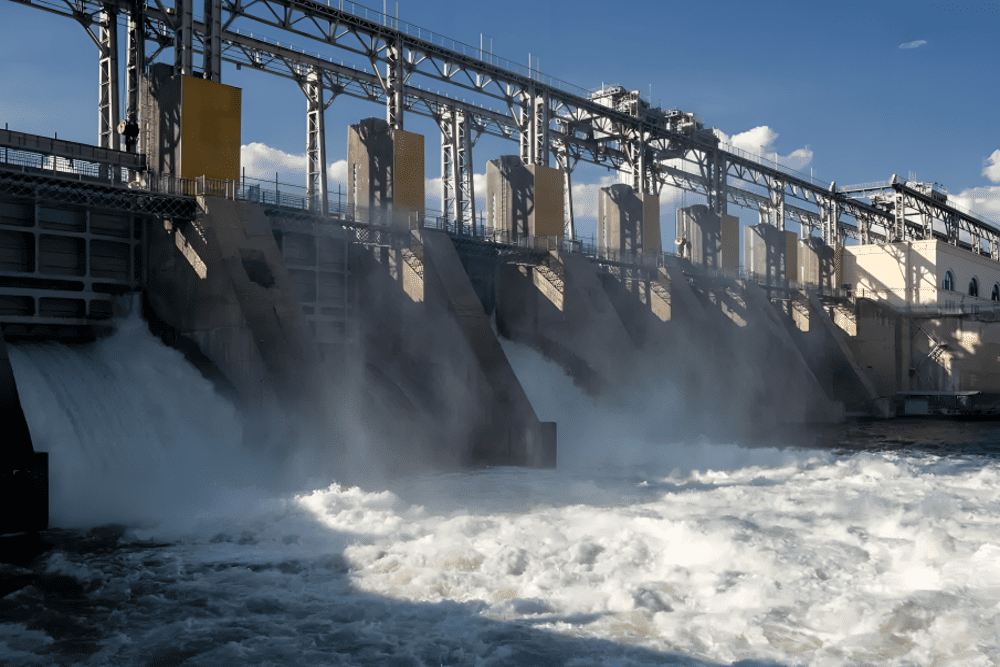
Osaka Gas Co., Ltd. has announced its second major investment in the grid storage battery sector, partnering with Mizuho Leasing Co., Ltd., JFE Engineering Corporation, and Kyushu Steel Corporation to establish the Takeo Grid Storage Joint Venture.
The new project aims to launch operations of the Takeo Grid Storage plant by the end of 2025, building on Osaka Gas’s experience from its previous Senri Grid Storage initiative.
This expansion comes at a crucial time as Japan seeks to stabilise its power grid amid increasing renewable energy integration.
The Kyushu area, known for its high concentration of renewable energy sources, particularly solar power, faces significant fluctuations in electricity supply and demand.
The Takeo Grid Storage plant is expected to play a vital role in balancing these fluctuations and enhancing grid stability.
Osaka Gas will leverage its expertise in power trading to operate the storage facility, engaging in transactions across three key electricity markets: the wholesale power market, supply-demand adjustment market, and capacity market.
This strategy aims to optimise the charging and discharging of the battery system, contributing to overall grid stability.
The initiative aligns with the Daigas Group’s ambitious goal of achieving carbon neutrality by 2050, as outlined in its “Energy Transition 2030” plan announced in March 2023.
The group views storage batteries as a critical component in accelerating renewable energy adoption and ensuring grid reliability.
While specific details about the storage capacity and investment amounts were not disclosed, this move signifies Osaka Gas’s commitment to expanding its presence in the energy storage sector.
As Japan continues its transition towards a more sustainable energy mix, projects like the Takeo Grid Storage are expected to play an increasingly important role in managing the country’s evolving power infrastructure.
This joint venture represents a significant step forward in Japan’s efforts to create a more resilient and flexible power grid, capable of accommodating the growing share of intermittent renewable energy sources while maintaining system stability.









